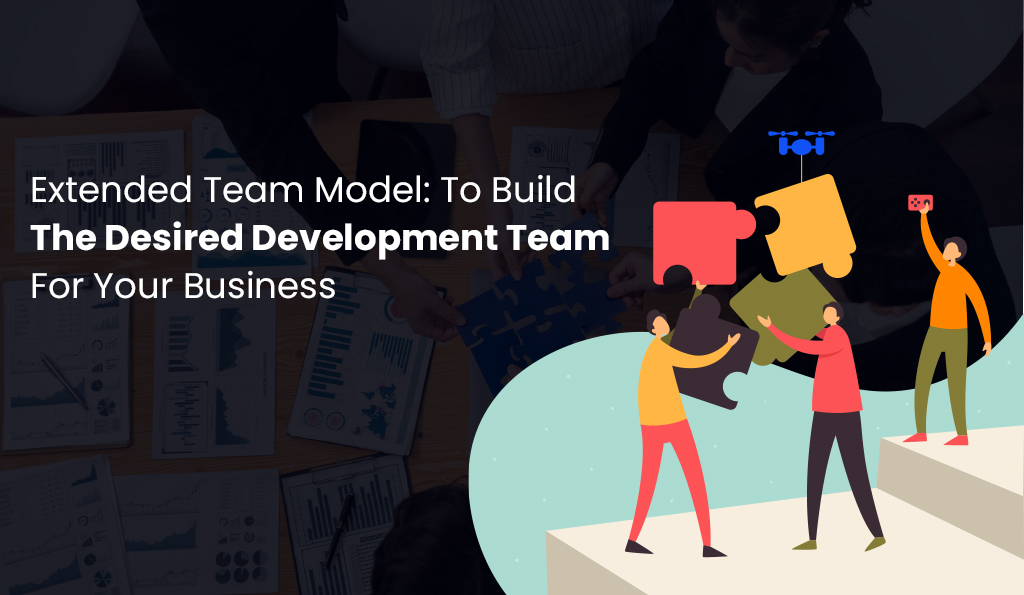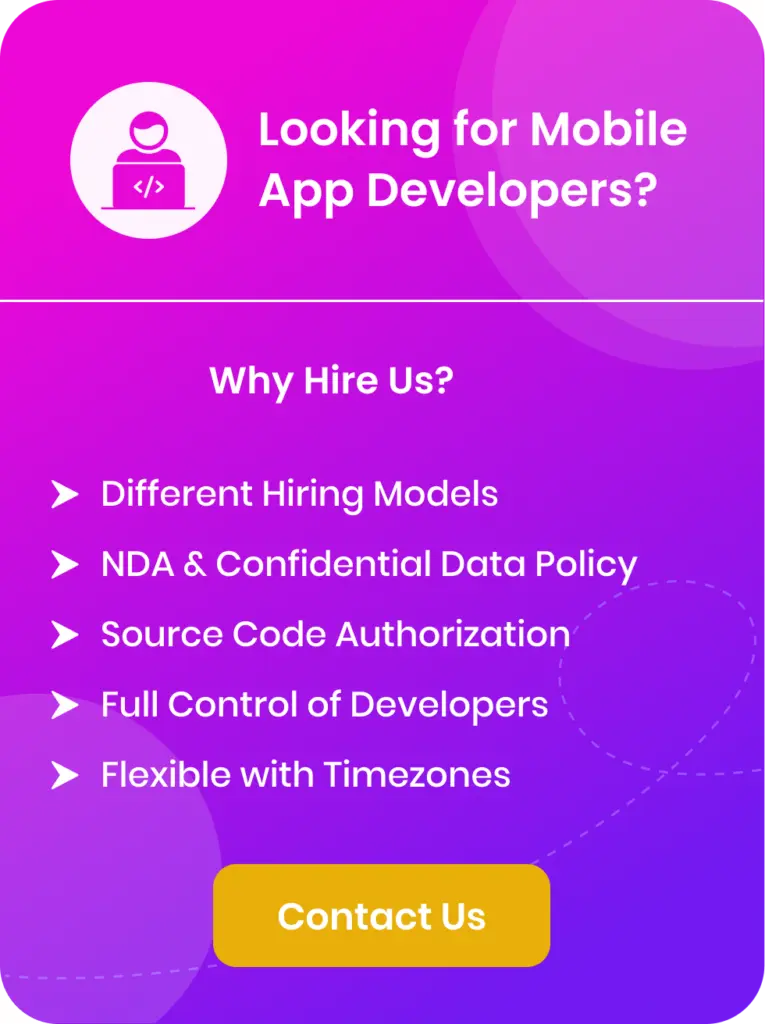
The extended model of a team could be the most effective method to launch your business on the market or to help propel your company ahead of rivals. Utilizing the extended model of the team will allow you to expand your capabilities, without reducing your profits. This is the best method to react quickly to market shifts and changes made by your competition. Let’s get into the intricacies of this Extended Team Model.
What is the Extended Team Model?
The Extensive Team Model is an organizational structure that allows it is the principal team that has an extensive understanding of the product and institutional knowledge to be located in-house and is closely linked to the developers, who are remote workers.
A team’s size and we’re talking specifically about extended teams for software development is contingent on the requirements of the company.
Startups may have a core team consisting of one Product Manager along with the development group as it can be an expanded team. Corporate business units may require expertise that isn’t available within the company. A company with a strong online presence could require regular development time to ensure that its backend and website running well.
A model for extended teams allows companies to increase their workforce to meet their requirements. Since extended teams of software developers are compiled from the talent pool of a single company the hiring process can be completed quickly, sometimes in just a few days, usually less than two weeks rather than the length of time it takes to take to find, select and interview team members using the standard hiring process.
What is how is the Extended Team Model different from Outsourcing?
The main difference between outsourcing models and the team extension model is the control aspect and integration.
Outsourcing is a black box. You input specifications, and then you receive products or codes. Deliverables and meetings are in place however you do not have knowledge of who is creating the code, how determined they are with the project at hand or their level of experience.
The extended team model ensures that you’re actively involved in the selection of your team. You will know who will make up your extended team. You will be able to determine, through tests or interviews the level of their abilities.
Members of the extended team in the event that they are working full-time will only be dedicated to your work. Contrary to an outsourced developer who you won’t be able to contact directly extended members of your development team are part of your team. They are part of Scrums, and they are directly involved in your codebase, using the same tools and techniques as other members part of the team. Their goals are the same as yours.
What is how is the Extended Team Model different from remote teams?
Extended team models differ from remote team because it is more consistent, flexible, and reliable.
The main benefit of an extended group is each extra team member belongs to the exact same pool of talent. They are part of a single group member service like SoftwareSeni. They share the same culture of work and have the same education (though they may have different levels of experience) as well as accessibility to all the resources for example, dedicated support and HR. In the case of your business, this means that you’ll have one point of contact to work with any changes to your entire team, swapping for new skills, and other such things.
The remote team will not have this extra layer of control. You’ll be in charge of each team member in direct contact without having any knowledge of your working circumstances, their work routines, or productivity levels in the day-to-day.
A remote team may need to be assembled by following the same lengthy hiring process as an internal team, rather than the speedy selection process employed by extended team providers.
What are the benefits of using an extended model for teams?
Extended team models offer several advantages, including those mentioned in the previous paragraphs. The speed of hiring is one of the main advantages that this article repeatedly mentions. Another issue is the availability of experts. It is contingent on where you are located the skills you require may be priced out of reach or even not available. Your vision for your product or business strategy might not be able to overcome the limitations.
Being able to create a team with the required skills from the pool of talent offered by the extended team member providers can make the difference between success and failure.
Extended team models let you increase the number of employees without increasing the size of your footprint. All the resources the members of your extended team require are supplied by the extended team’s provider: computers, desks as well as office space.
Another feature that makes an extended model effective is the ability to scale and reduce your team according to your specific needs at the present, or to change out extended developers with various skill sets as you progress through various stages of your product’s development.
When should you use the model of extended teams?
Businesses should employ an extended model in situations where they are able to articulate a precise and precise idea of what they wish to accomplish but are faced with limitations in terms of time, funds, or talent.
This kind of coverage covers nearly every business, isn’t it?
Experience in managing projects or developers and familiarity with strategies for working with team members who are remote (almost all of them by 2023) are the two most important prerequisites for this model.
If you’re not equipped with the internal experience, you may be tempted to take a look at outsourcing or engaging a software development company such as SoftwareSeni directly.
How do you utilize the model of extended teams?
Being part of an extended team isn’t as difficult as working with a remote and in-house team. The same problems arise with integrating employees into your work processes and culture, as well as the expense caused by suddenly having more employees. There is no core team or extended team, it’s the core team and extended team.
Being an extended-team service provider, we have knowledge in this area. We have written an article about the most basic steps for making your teamwork and, of course, we’re committed to helping our clients from our extended team achieve their goals and are always accessible for advice, assistance, and guidance.
How do you find an extra team?
Here. SoftwareSeni is based in Sydney and our principal focus is on providing extra team support to Australian entrepreneurs and companies who think as entrepreneurs.
This is the reason our talent pool is located in Indonesia. It offers a vast cross-pollination of time zones with Australia and we have found working with teams of extended development extremely efficient in terms of the quality of communication and the speed at which they respond.
The team we have of programmers (as UX, design DevOps, design, and support for customers) is located in Yogyakarta. Yogyakarta is a significant education hub with a huge established, well-known technology culture. This has enabled us to select and select the members of our team to gain the vast knowledge which will help any project.
We are able to provide expert advice in a variety of sizes, from one developer to a team of hundreds, and for every phase of development from concept to maintenance.
If you’re outside Australia and possess a strong capability to manage remote teams You may still be able to be able to appreciate the high quality and diversity that our technology talent has is worth the greater time zone difference.
If you’re looking to expand your staff and are seeking tech-savvy employees to provide the results your company requires, get in touch.

